What to Know Before You Go
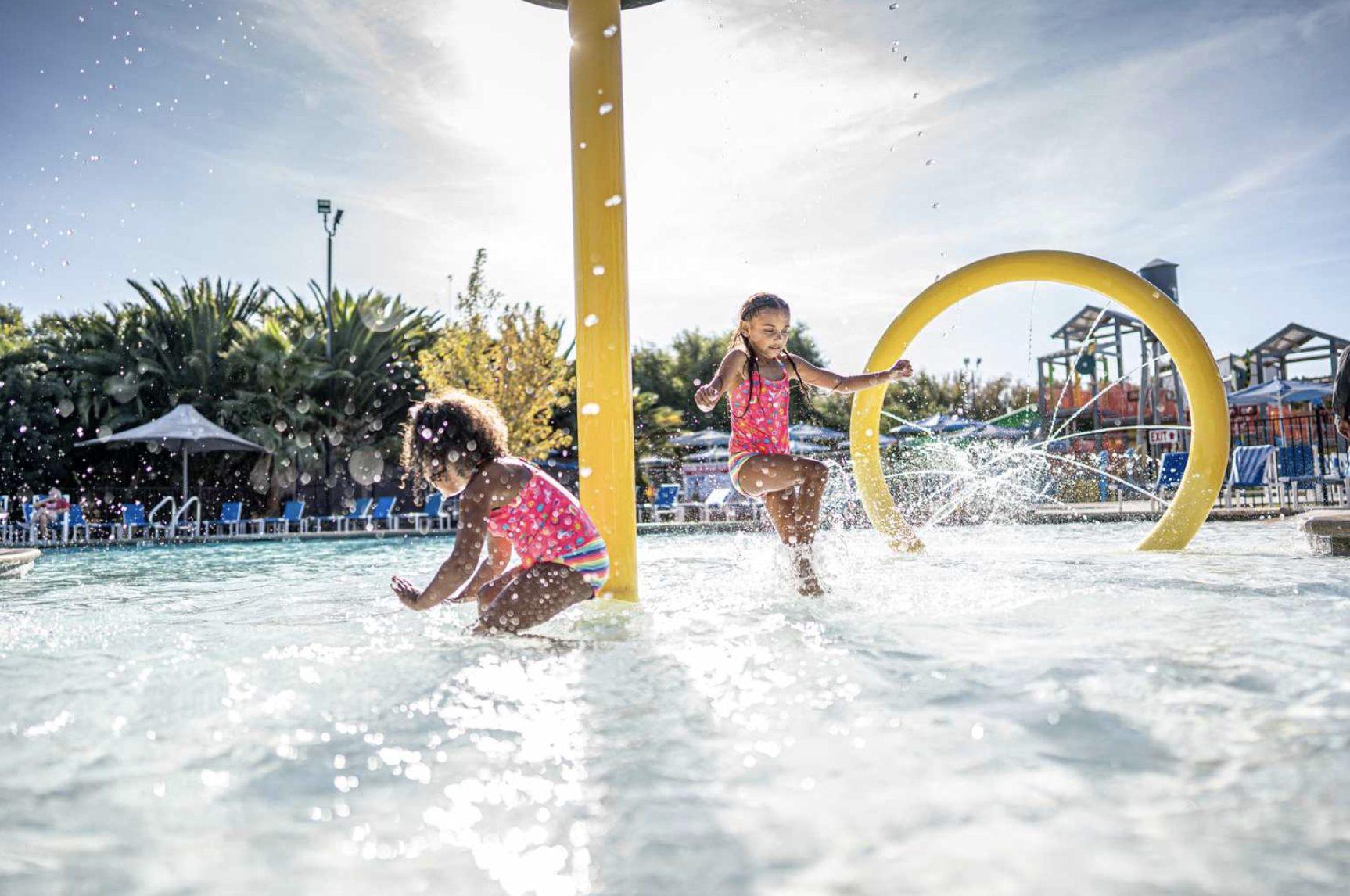
Are you thinking of going camping for spring break? As the second spring break season during the pandemic nears, many find themselves antsy to get out of the daily homeschooling and work-from-home grind and on a well-deserved vacation. While the more traditional spring break options aren’t possible again this year, many will turn to cabins and campgrounds as their spring break destinations.
If you are thinking of going camping for this year’s spring break, there are several measures and preparations to know before you go.
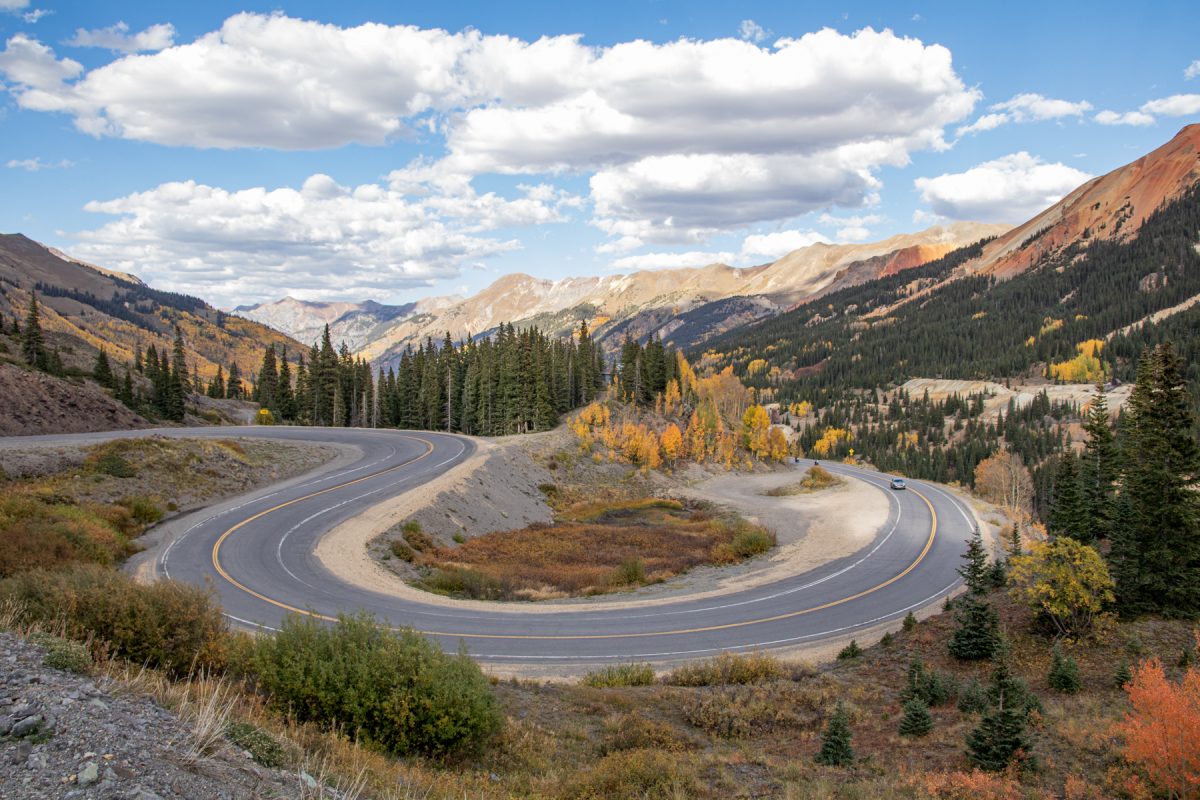
Planes (no), Trains (no), Automobiles (yes)
Unfortunately, right now, it’s challenging to maintain six feet apart on planes or other public forms of transportation. This past holiday season, we saw a spike in airplane travel. A month later, we’re still dealing with the repercussions of holiday travel with increases in infection rates and different mutations of the virus traveling across the globe. To be clear, airplane travel by itself did not directly lead to these drastic consequences. Instead, it was a combination of behaviors, demonstrating that each precaution is just part of the puzzle on how to travel or camp during this pandemic.
That leads us to the wide-open road. Traveling by car is one of the safest ways to get to your spring break destination.
The BEST scenario is traveling by RV because you’re self-contained, but more on that later.

Travel Restrictions
In deciding on where to travel to, be aware of possible travel restrictions in the area. Different states have enacted measures in response to infection rates and their constituent’s demands. Travel restrictions might include mask mandates, lockdowns, mandatory quarantining upon entry, and more. Visit the CDC’s travel planner that lays out all of the information and resources you might need regarding the area you’re looking to visit.
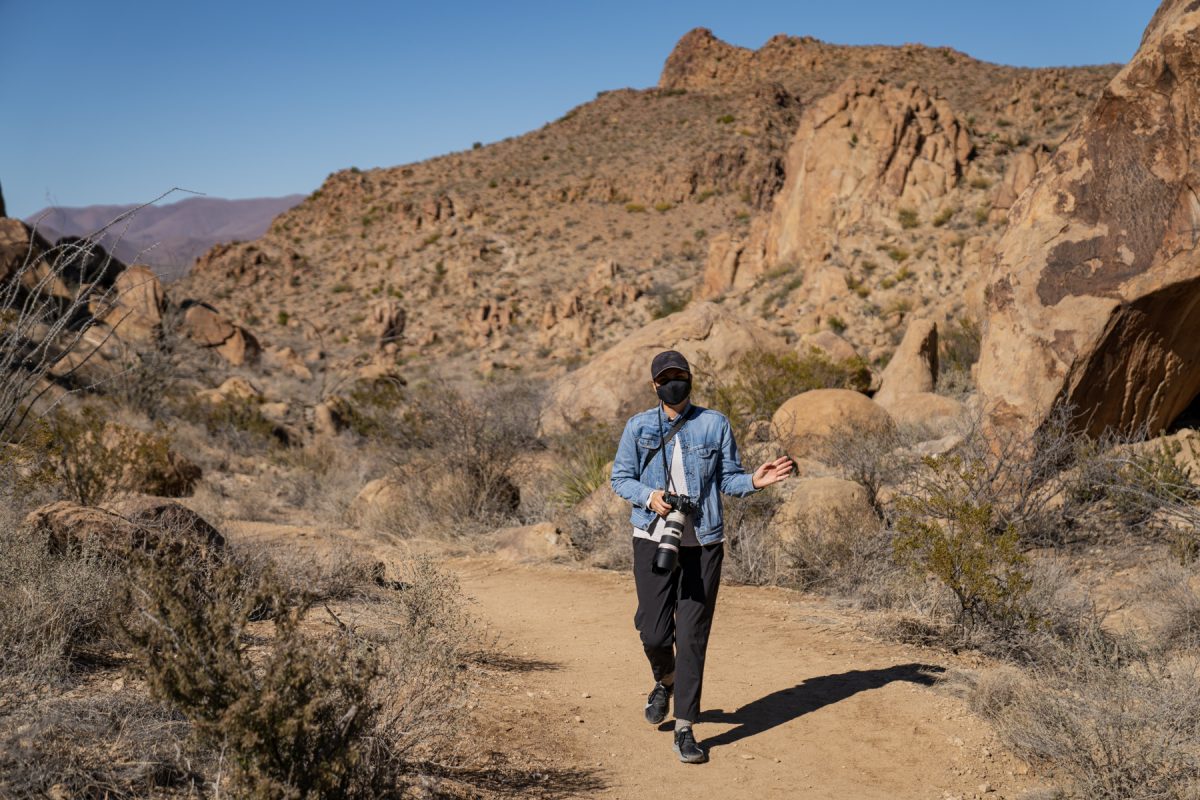
Infection Levels
Infection levels vary not only state-by-state but county-by-county. Are cases high or increasing where you live or where you’re heading? Using the New York Times’ case count map, monitor infection levels in your community of origin and at your destination. If cases are high in your community and there is a chance you’ve been exposed, consider the implications of potentially carrying the virus to your destination. Many campgrounds are in remote areas. That’s what makes them so appealing. Being in a remote area has conditions that you might not have considered. Many small towns lack hospitals and the medical resources those in more urban areas take for granted. A minor surge in infection rates would have drastic effects on these vulnerable communities. Even if your destination has medical facilities, hospitals across the nation are currently running out of space for COVID patients. This is all to encourage you to intensify your isolation and distancing efforts before departing on your trip. It’s better for you and the areas you’re going to.
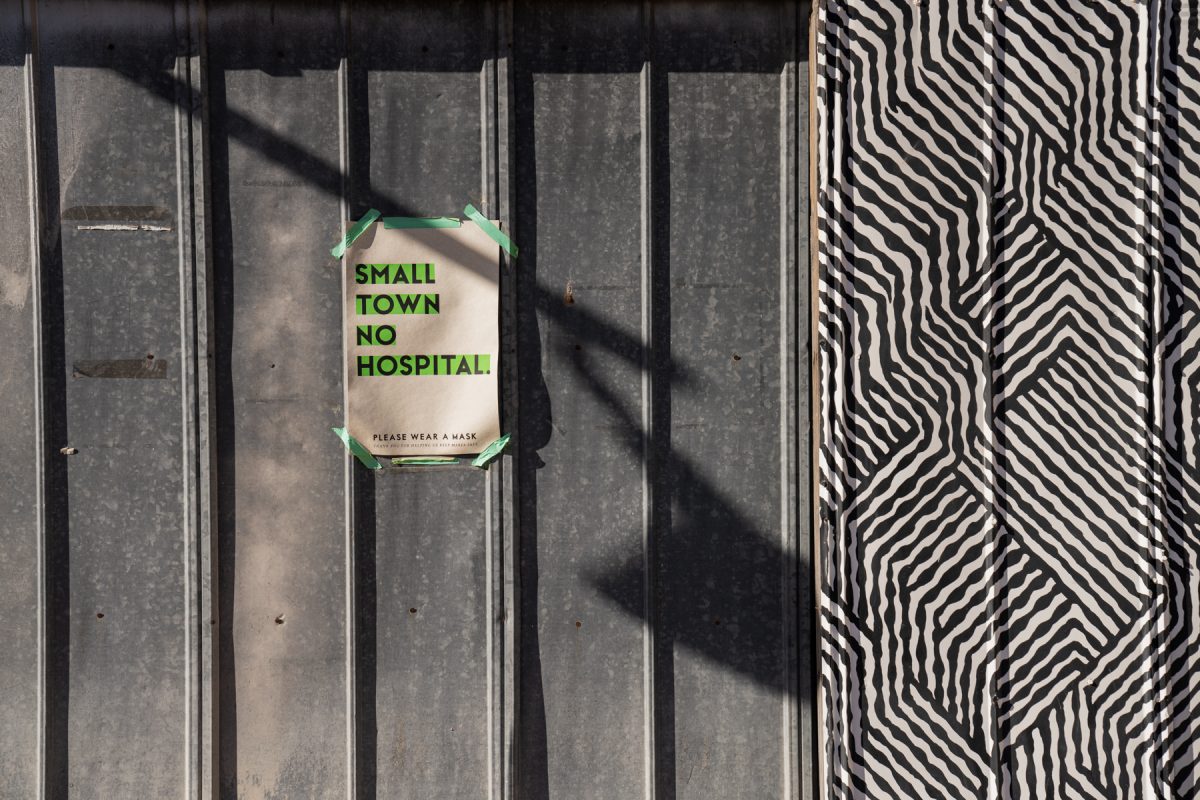
Stay Close to Home
To eliminate the possibility of further spreading the virus, consider camping nearby. Sure, you might not have the quintessential spring break views of palm trees and sandy beaches, but let’s recall our intention, shall we? We are looking for a break from the normal rise and grind and a chance to spend more time outside. By that definition, the list of destinations got a lot longer!
If you’re in a colder area that you think might not have many open camping options, look again, or rather, look a little harder. This year, in particular, campgrounds are opening earlier in the year or offering their cabin or cottage rentals year-round. With the combination of last summer’s new campers and RV sales’ continued rise, the campground industry is bracing for spring breakers.
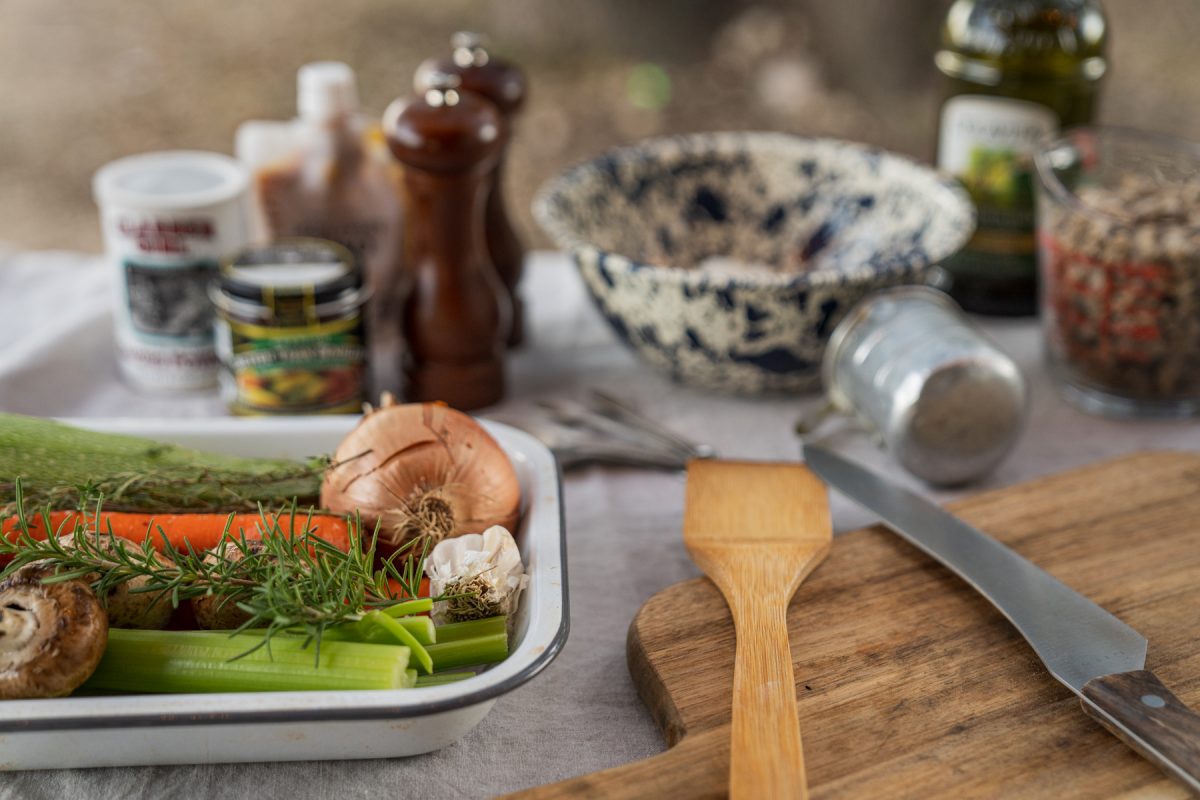
Food
Ah, yes, food. The thing we can’t live without. During vacations, that necessity turns into indulgence. All of your saved restaurants on Google Maps will most likely and, unfortunately, have to wait. If the restaurant is open with only indoor dining, skip it. I know it sucks, but it creates the exact scenario you’re trying to avoid: an enclosed space with a crowd of others. If the restaurant has outdoor seating, hallelujah, but not so fast. Is the outdoor seating spaced at least six feet apart? Is it cramped or crowded? If not, then proceed.
Your best plan of action is to meal plan and bring your groceries with you. Turn it into a fun family activity where each member gets to choose a meal, or each family member is responsible for a task when preparing the dishes. In a pinch, opt for curbside pickup or use Instacart. We’re avoiding inside spaces, remember? Oh, and indulgence can still be a part of the trip. S’MORES, ANYONE?
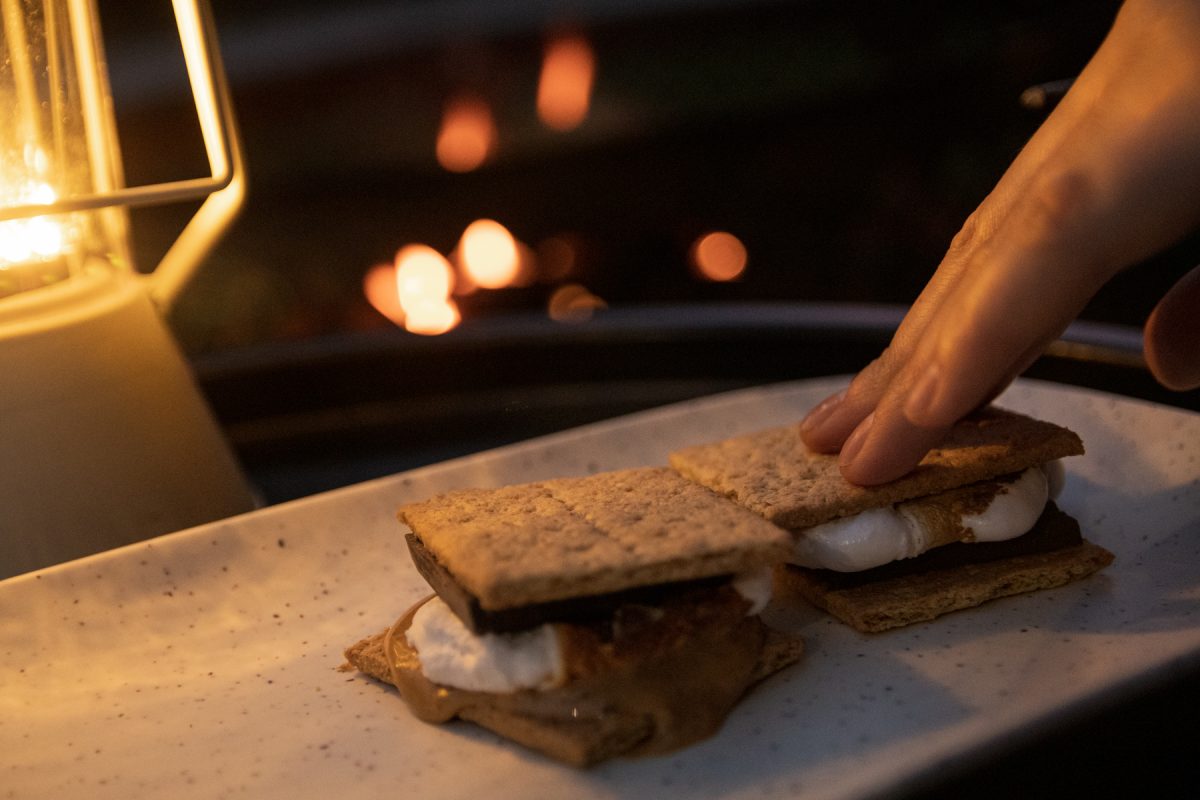
Your Travel Party
Now it’s time to get a little cliquey. Who will be traveling with you? If it’s those in your household, then you’re one step ahead. Yet, if looking to travel with a friend or family member who doesn’t live with you, it’s time to get a little creative and maybe also a little culty. Draw up some guidelines on pre-trip quarantining, mask-wearing, testing, and social distancing that everyone in the group can do. Just a warning: it will feel over-the-top, but it’s better to be safe than sorry. All it takes is one person to be exposed to ruin the travel plans. All it takes is one person infected to transfer it to your destination and incur a spike in the community. Remember that the person could be asymptomatic and still spread the virus. I know, not cool.
Are any of the travelers older than 65 or have a chronic illness? Unfortunately, the consequences of COVID fall heaviest on them. The reality is that going on a spring break trip might not be the best idea for them. Now’s a good time to remember, this feels like a long time, but this is all temporary in the larger scheme of things. There will be more spring breaks!

Ways to Stay
Let’s make our way back to the topic of RVing. As stated above, RVing is the safest way to travel during this pandemic due to being completely self-sustained with a kitchen and bathroom, meaning, no need for public lavatories or eating out. RV sales from the past year have soared and aren’t stopping.
RVs are not only safe for traveling, but they are also the safest way to vacation for the very same reasons. Because you’re essentially bringing your little bubble with you, an RV eliminates the need for public showers or bathrooms at a campground and eating out. Depending on the campsite, you can pull in, plug in, and you’re ready to get your vacation on.
Additionally, if travel restrictions require you to quarantine for a certain number of days, RVing gives you the flexibility to stay longer. With more and more campgrounds offering wifi services, you could also opt for a work vacation. Just remember to set boundaries, people! Self-care is important!
With the diversity of picturesque campgrounds to lavish RV resorts, you can choose the vacation that suits you when RVing. And don’t worry if you don’t have an RV. There are plenty of RV rentals out there to choose from. Remember to inquire about sanitization practices and ease your mind by doing a good wipe down yourself when renting.

Another “way to stay” is a cabin or cottage rental. As separate structures with individual HVAC systems, bathrooms, and kitchens, a cabin rental enables campers to maintain social distancing practices. Many view “glamping” as a ritzier camping option, still getting you outside and around the campfire but with all modern amenities. When researching different rentals, make sure you see whether the campground or resort implements CDC cleaning practices.

Be Prepared
Just as you’d bring sunscreen and a hat on vacation, you’re going to have to come prepared with your standard pandemic protection items:
-multiple masks/face coverings for each member of the party
-bottle or two of hand sanitizer
-smaller, portable bottles of hand sanitizer
-cleaning wipes
It’s always crushing to see a discarded mask on the trail or floating in the river. Remember, whatever you bring, pack it up and leave no trace.

Pandemic Campground Etiquette
Sometimes campgrounds can feel like dreamy utopias where everyone is happy, laid back, and friendly. It’s easy to let your guard down and forget about wearing a mask around those who aren’t in your household or party. Some campers think they don’t have to practice physical distancing because they are outdoors. You’ve done all this work to GET to your vacation. Don’t slack now! Continue practicing the standard CDC guidelines of:
-maintaining a 6-foot distance (indoors and outdoors) from those not in your household
-wear a mask to keep your nose and mouth covered when in a shared space outside of your campsite
-avoid touching high-touch surfaces such as handrails and wash hands or use hand sanitizer (with at least 60% alcohol) as soon as possible when doing so
-clean your hands or use hand sanitizer regularly (20-second hand washes, people!)
-avoid touching your eyes, nose, and mouth
-avoid large gatherings or crowds indoors or outdoors

It’s all overwhelming, isn’t it?
Unfortunately, this is our reality right now. It takes work to combat COVID-19 and implement the necessary precautions to stop the spread. If you don’t think it’s possible to do the above when traveling to and when at your destination, then you probably shouldn’t go on spring break. No vacation is worth putting yourself or others at risk.
The good thing is that camping can be a safe way to recreate responsibly, create new memories with your loved ones, and go on spring break. You just gotta put your back into it!